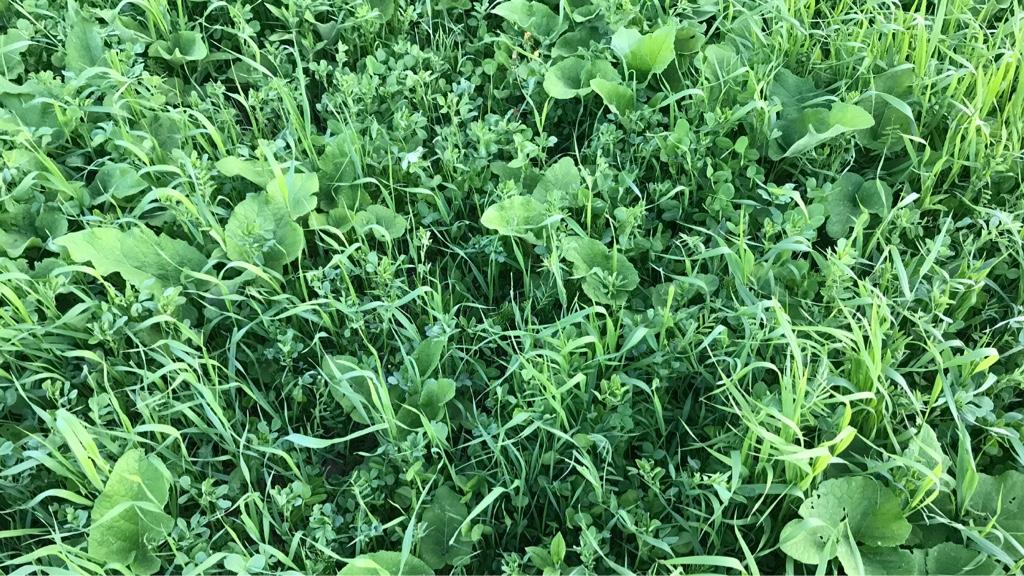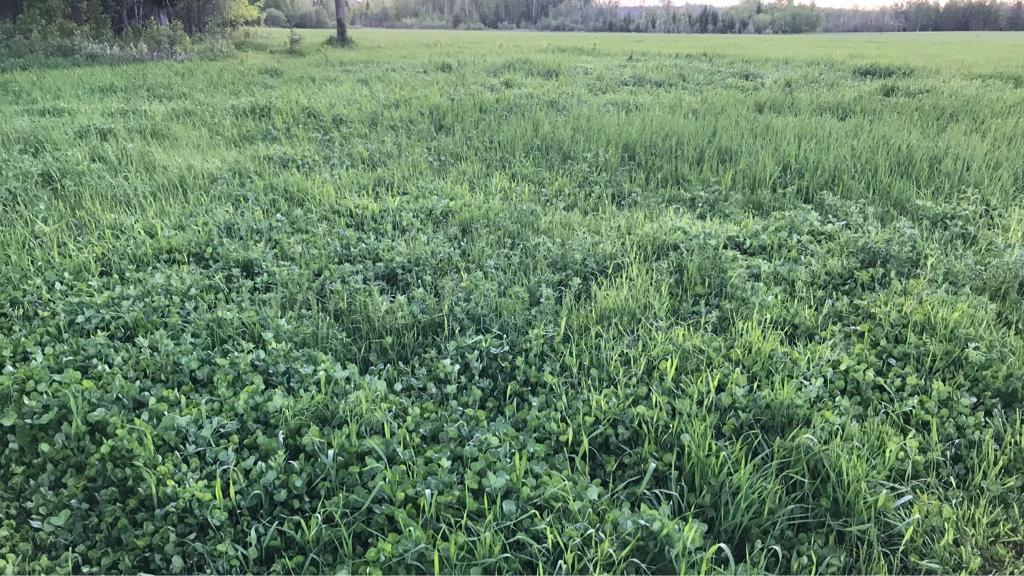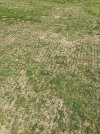Tree Spud
5 year old buck +
With all of the good discussion on cover crops and soil improvement, unfortunately that info is scattered over many different threads. Thought starting a thread focusing on soil development which also supports food source would be a good spot to share ideas & experiences.
We have some great contributors such as Crimson n Camo, SD51555 , Wild Thing, & Buckhunter 10. Maybe they can move some of their content over here?
Lickcreek was an early on adopter, if you have not seen his thread, I saved it from the old ODM site and posted it here ...
Cereal Grains & Cover Crops
Crimson & Camo has a great thread that started many of u on this new journey...
Throw n Mow Method
I have 2 primary ag fields totally about ~25 acres. My central field consists of loamy sand soils. My north field was a combination of loamy sand & loamy silt but now has a ~3-4" cover of peat and muck. The peat and muck was soil from a pond we dug. About 10,100 yards of this was spread over my north field.
About 10-11 acres on my property is for food plots which I am now incorporating more cover crop plants. I have always planted cereal rye & red clover in the fall. This spring I have added to my soy beans ... grain sorghum, a variety of millets, red top forage sorghum, & berseem clover. In mid July I will over seed with turnips, radishes, crimson, & ladino clover. In the fall it will be WR, crimson clover, peas, & hairy vetch. So as not to draw the ire from SD51555, I even threw in some chicory.
On the other 14 acres, I converted that to all switch grass 6 years ago. Didn't have the means back then to plant that much ground, but I wanted to increase the OM and thatch in the soil. My next project will be to convert this ground to cover crop rotation.
So far what I have learned from others is to develop the nutrient/microbe/biology activity to build soil you need the following groups:
- Legumes
- Cool & warm season grasses
- Forbs
A good guide for the above plant & seed type is ... Cool Season Cover Crop Species and Planting Dates and Techniques
Hopefully we can build this to be a good resource thread!
We have some great contributors such as Crimson n Camo, SD51555 , Wild Thing, & Buckhunter 10. Maybe they can move some of their content over here?
Lickcreek was an early on adopter, if you have not seen his thread, I saved it from the old ODM site and posted it here ...
Cereal Grains & Cover Crops
Crimson & Camo has a great thread that started many of u on this new journey...
Throw n Mow Method
I have 2 primary ag fields totally about ~25 acres. My central field consists of loamy sand soils. My north field was a combination of loamy sand & loamy silt but now has a ~3-4" cover of peat and muck. The peat and muck was soil from a pond we dug. About 10,100 yards of this was spread over my north field.
About 10-11 acres on my property is for food plots which I am now incorporating more cover crop plants. I have always planted cereal rye & red clover in the fall. This spring I have added to my soy beans ... grain sorghum, a variety of millets, red top forage sorghum, & berseem clover. In mid July I will over seed with turnips, radishes, crimson, & ladino clover. In the fall it will be WR, crimson clover, peas, & hairy vetch. So as not to draw the ire from SD51555, I even threw in some chicory.
On the other 14 acres, I converted that to all switch grass 6 years ago. Didn't have the means back then to plant that much ground, but I wanted to increase the OM and thatch in the soil. My next project will be to convert this ground to cover crop rotation.
So far what I have learned from others is to develop the nutrient/microbe/biology activity to build soil you need the following groups:
- Legumes
- Cool & warm season grasses
- Forbs
A good guide for the above plant & seed type is ... Cool Season Cover Crop Species and Planting Dates and Techniques
Hopefully we can build this to be a good resource thread!
Last edited:







